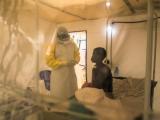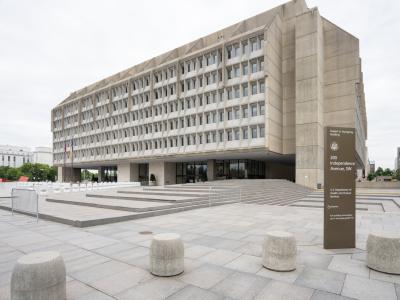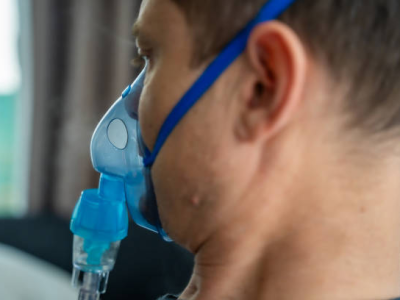In the latest clinical research on Ebola virus disease, a study published today notes that US survivors were plagued with multiple, long-lasting symptoms, and one yesterday highlighted the importance of administering malaria drugs to contacts of Ebola patients in West Africa.
Only 1 survivor fully recovered
In a letter to the editor today in the New England Journal of Medicine, experts from the US Centers for Disease Control and Prevention (CDC) analyzed data on 8 survivors among 10 US Ebola patients who were treated at US hospitals in the current outbreak. They administered a telephone questionnaire in March 2015 to all the surviving patients, who were treated from Aug 2 to Dec 31 last year.
The most common symptoms reported by patients after discharge from the hospital were joint pain, lethargy or fatigue, and hair loss, each reported by 6 patients. Six patients also reported having psychological or cognitive symptoms, including short-term memory loss, insomnia, and depression or anxiety.
Eye problems were also common, with 5 patients reporting ocular symptoms, including pain, discomfort, or blurriness; 2 of them were diagnosed as having uveitis. Five patients also reported insomnia.
Palpitation or fast heart rate was reported in 4 patients post-discharge. And muscle pain, abnormal sensation in the extremities, and shortness of breath were each reported in 3 patients, while 1 patient reported hearing loss.
Six survivors returned to normal daily activities within 8 weeks after discharge and most symptoms resolved over time, but only 1 survivor reported complete resolution of symptoms.
The authors recommend the some Ebola survivors might benefit from psychological and other subspecialty assessment, such as for musculoskeletal or neurologic conditions. They also said ophthalmologic evaluation might be important, and called for "systematic longitudinal assessments" of survivors.
The study's findings mesh with results noted in previous studies of Ebola survivors.
Malaria treatment in contacts
The second study, also conducted by CDC scientists, appeared yesterday in The Lancet Infectious Diseases and found that administering antimalarial treatment to contacts of Ebola patients saved money.
Malaria symptoms can mimic Ebola infection, and the goal of antimalarial treatment in contacts would be to minimize the number of people with fever from other sources in Ebola treatment units (ETUs), where they might be infected with the more serious disease.
They used a decision tree model to assess the costs of prophylactic artemisinin-based combination treatment (ACT) for all contacts of Ebola patients treated in ETUs in West Africa during 1 year. Not only did they calculate ACT cost, but also cost per ETU admission averted. They also assessed how results varied based on malaria parasite prevalence and other variables.
They found the measure to be cost-saving for contacts of all ages in Guinea, Liberia, and Sierra Leone in both dry and wet seasons. In the wet season, ACT was estimated to reduce the probability of being admitted to an ETU from 10% to 36%.
The authors conclude, "Administration of preventive malaria treatment to contacts of patients with Ebola virus disease should be considered by public health officials when addressing Ebola virus disease outbreaks in countries and seasons where malaria reaches high levels of transmission."
See also:
Dec 17 N Engl J Med letter
Dec 16 Lancet Infect Dis study

















